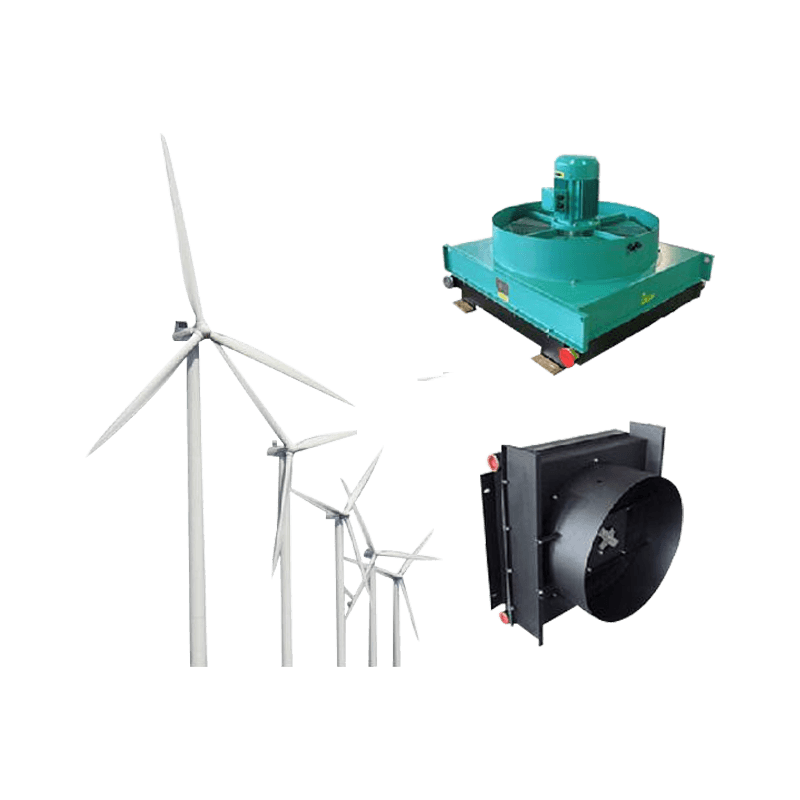 +86-13812067828
+86-13812067828
In the realm of modern power generation, gas turbines serve as the heart of many energy production systems, providing the necessary power to meet the world’s growing demand for electricity. However, the efficient operation of these turbines is intricately tied to one critical component: the heat exchanger. Power energy heat exchangers play a pivotal role in managing the temperature fluctuations within the turbine’s core, ensuring its performance, longevity, and energy efficiency. This essay delves into the indispensable role these heat exchangers play in the cooling process of gas turbines.
At their core, gas turbines operate on the principle of converting thermal energy from fuel into mechanical energy. This process, while incredibly efficient, generates an immense amount of heat—heat that, if left unchecked, could cause catastrophic damage to the turbine components. To mitigate this risk, power energy heat exchangers act as thermal regulators, maintaining optimal operating temperatures within the turbine. These systems absorb excess heat from the turbine exhaust and dissipate it, thereby preventing overheating and facilitating continuous operation.
Power energy heat exchangers work through a highly engineered process of heat transfer, where thermal energy is transferred from one medium (often exhaust gases) to another (such as a cooling fluid). The efficiency of this heat exchange directly affects the turbine’s overall performance. An effectively designed heat exchanger maximizes the cooling potential, ensuring that the turbine operates within its thermal design limits, avoiding both mechanical failure and inefficient fuel consumption. In gas turbines, this process typically takes place within the intercoolers and aftercoolers, specialized types of heat exchangers designed specifically to cool the compressed air before it enters the combustion chamber.

Moreover, the cooling provided by heat exchangers enhances the gas turbine’s efficiency by increasing the density of the intake air. Cooler air is denser, which means that more oxygen can be compressed into the combustion chamber, leading to more efficient combustion. This reduction in exhaust temperature not only protects the turbine but also optimizes its power output, making it more energy-efficient.
Heat exchangers are also instrumental in extending the lifespan of a gas turbine. By keeping operating temperatures within safe limits, they reduce thermal stress on turbine blades, seals, and other components, all of which are subjected to high mechanical and thermal loads. Without the consistent cooling provided by heat exchangers, the turbine would face accelerated wear and tear, leading to costly repairs and potential downtime.
In the context of modern advancements, power energy heat exchangers have become increasingly sophisticated. The integration of advanced materials, such as high-performance alloys and heat-resistant ceramics, has improved the heat exchange process, making it more efficient and reliable. Furthermore, innovations in heat exchanger design, such as enhanced surface area and improved fluid dynamics, have boosted their capacity to handle higher temperatures and more demanding operating conditions. These improvements ensure that gas turbines can maintain peak performance even in the face of growing global energy demands.
Power energy heat exchangers are integral to the operation of gas turbines, providing essential cooling that enhances performance, increases efficiency, and prolongs the life of the equipment. As the demand for energy continues to rise and the need for sustainable power generation grows, the role of heat exchangers will only become more critical in ensuring the reliability and efficiency of gas turbine technology. Their ability to maintain optimal temperatures ensures that gas turbines can continue to meet the world’s energy needs with greater efficiency and lower environmental impact.